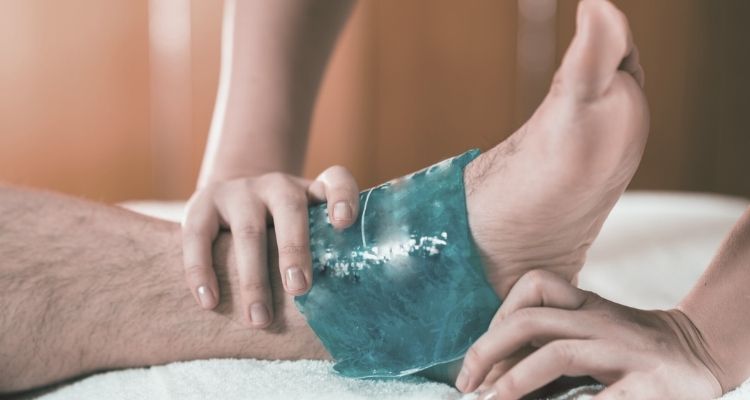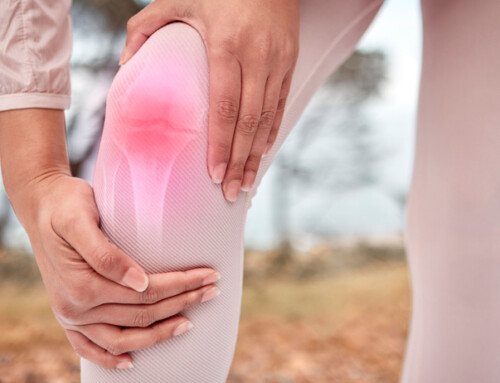By Megan Gallagher, SPT
Often times, patients wonder if they should apply heat or ice to an injury. If you have been to physical therapy before, you may have seen that patients are often given a moist hot pack (or moist heat) before their therapy session, and given an ice pack following treatment. Ice or heat is beneficial to help with musculoskeletal injuries, therefore it is good to know what these modalities do in order to help you make a decision of when to use ice or heat.
Ice:
- Used to decrease pain and swelling, especially after a new injury
- Ice often used:
- After surgery
- Acute injuries such as ankle sprains
- Typically told to ice an injury for 15-20 minutes every hour for the first 24-48 hours
Ice is used to decrease swelling by constricting the blood vessels in the area being treated. If blood vessels are constricted, less inflammatory markers are able to get to the area, thus reducing swelling. Ice also works to numb the area, therefore pain decreases.
Heat:
- Used for chronic, or long-term injuries
- Heat often used:
- Arthritis
- Joint stiffness
- Muscle pain
- Heat should not be applied for more than 20 minutes at a time
Heat will allow the blood vessels to dilate, or expand, leading to a relaxing effect. The effect of heat will decrease pain in an area, allowing for more pain-free movement.
Precautions:
- Make sure there is a barrier between the skin when using both a hot pack or an ice pack
- Wrap packs in towels to prevent freezer burns, heat burns, or blistering
- Monitor the skin for burning or blistering
So during exercise, why is heat used before and ice used after?
As heat works to expand blood vessels, more blood is able to flow to the area, bring oxygen and nutrients, allowing the muscles to work harder. It will also relax the soft tissue structures to allow for improved range of motion with less pain. Therefore, it is fairly common for a hot pack to be used prior to your therapy session.
When exercising, the tissues of your body can suffer from small tears, which is the body’s healthy response to exercise. By utilizing ice after therapy, the ice will help to reduce the impact of the tears by decreasing blood flow and inflammation to the area.
Both heat and ice are not curative modalities to fix problems, however they are beneficial in minimizing pain and stiffness in order to be able to exercise and move in a more pain-free manner. At the end of the day, choose which modality feels best for you. Some patients may find that they prefer ice before treatment. Others may feel they do not like ice at all and prefer heat before and after. It is best to use what makes you most comfortable and able to rehab injuries in the most pain-free way.
For more information on heat vs. ice in musculoskeletal injuries or pain management, contact any of our Capital Area Physical Therapy locations in Malta, Queensbury, or Clifton Park at 518-289-5242.






